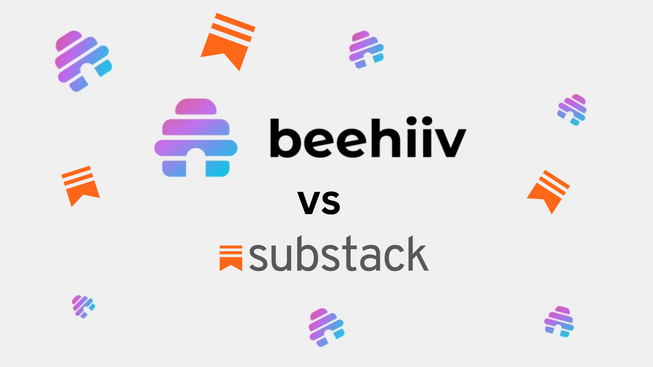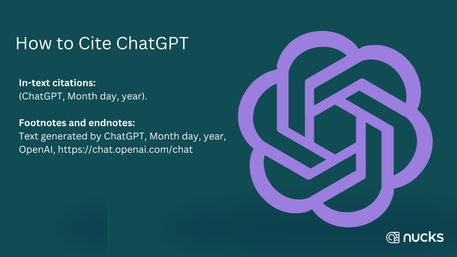I hadn’t run a marathon or even a half-marathon before this summer. But with good intentions come crazy ideas.
My friend Matt and I had the best of intentions when we decided to run a marathon without training. We felt that the pros would outweigh the cons. We’d finish a marathon under the age of 25, and we wouldn’t lose muscle mass and get too skinny.
Let’s jump right into how we did it and how you can do it too (if you want to).
Find a Motivated Running Partner
The chances of finishing a marathon without a partner are slim. Especially if it’s your first time and you haven’t trained. For this reason, you should find someone to run with that you don’t have to motivate. During the race, you’ll be busy enough motivating yourself anyway.
A good way to know if someone is the right partner is to suggest the idea of running a marathon without training. Gauge their reaction and see how excited they are to run. If you’ll have to do some convincing, let that convince you to find someone else more suited for the race.
Another variable to consider is how fit you and your potential running partner are. If your friend wants to run a marathon but has not jogged in the past five years, reconsider your options. Excitement can dwindle a few miles in.
The right running partner will be fit enough to run a mile at a reasonable pace and without any preparation. They will also be enthusiastic enough that you can enjoy a great experience together.
Once you’ve found someone as excited as you are to run a marathon, it’s time to take care of logistics. Is there an upcoming race that you can register for, or do you want to save money and pave your own trail?
Decide Between a Paid Marathon or a DIY Trail
Most people don’t realize that you can run a marathon without entering a race. As first-time marathoners without any experience, this is what Matt and I opted for. We have nothing against paying for a race, but none were happening the weekend we decided to run. And we were not going to let that hold us back.
Both paid marathons and do it yourself trails have pros and cons.
Benefits of Entering a Race
- Registration includes a free t-shirt that you can show off to your friends and family.
- You can focus less on finding race partners. In a big race, other runners who are as eager to finish as you (so I’ve heard), will run alongside you.
- Once you pay a registration fee, you have skin in the game. This will help you keep your commitment.
- A sweep bus will pick you up if you don’t finish.
Drawbacks of Entering a Race
- You have to plan months beforehand. Large marathons aren’t great for ad-hoc runs that you decide to run a few days beforehand.
- Registration fees can be expensive, and once you have paid, it is hard to back out.
- You don’t have a say in what route you will run. Be prepared for anything.
- Someone will always be faster than you. This may be hard for the more competitive bunch.
Benefits of Creating Your Own Marathon Route
- Pick your scenery. Run next to the ocean, on a scenic trail, or wherever you feel inspired to go.
- Start at the time you want. Instead of following someone else’s planned schedule, you get to choose one that you decide on.
- It’s free. Apart from food and gas expenses, bring a happy attitude and you should be set.
- Your run will be more of an adventure, and fewer people choose to do this so it stands out.
Drawbacks of Creating Your Own Marathon Route
- More coordination is necessary to arrange a support vehicle.
- Your running partner will be your only entertainment.
- No free t-shirt. You get to design custom t-shirts instead.
- Extra planning to create your route, and you have to measure the distance yourself.
As I said, Matt and I chose to create our marathon route, so the rest of this article caters to that preference.
Choosing to pay for a marathon or not is only the beginning. A more important decision to make is the “why” of your run.
Create a Goal Together
When running with a partner it’s important to be on the same page about your ambitions and goals. That’s why for mine and Matt’s marathon, we chose to finish the run rather than set records. What mattered most to us was crossing the finish line—no matter how long it took.
This became one of our motivators later on in the race. When I would slow down, Matt would remind me, “We’re going to finish no matter what. We’re running this whole marathon.”
Don’t stop when you’re tired. Stop when you’re done. - Marilyn Monroe
That goal is what kept us aligned before and during the race. But before we could reach that point, we had to choose a date to run.
Choose an Available Date
The day that you select for your marathon should be a holiday or during a weekend. Unless you don’t work; in that case, choose any day that you want. What’s important here is that the date will not become a reason for you to back out.
When we selected our date, it happened spontaneously two days in advance. We were working out early in the morning when the topic of running a marathon came up. It has come up several times over the years, so this was not new. On this occasion, though, Matt suggested that we run it that weekend without training. His argument that we otherwise might never actually run the race convinced me.
Because we planned the run for a weekend with no other plans, it was hard to back out. We couldn’t quit.
After selecting the date of the big event, we had to figure out who would help along the way in case of any emergencies.
Arrange for a Support Vehicle
Without a support vehicle, it would not have been possible for us to finish the marathon. Here’s what you need one for:
- Drinks & snacks
- Emergency ibuprofen
- Pre-determined rest spots
- Extra motivation and a reminder that you’re fine
- Baby wipes (I won’t tell you what these were used for)
Find someone willing to drive the entire path with you. We first learned the importance of this when we rode 110 miles on our bikes (from Ogden to Provo, Utah) last summer. You never know when you’ll need help, and it’s better to have support close when you do.
Matt’s wife, Madi, was our go-to support driver for this marathon. She was fantastic. When the aching started to kick in, she was there ready to give us whatever we needed to keep going.
With a support vehicle ready, it’s time to set up your marathon training plan.
Set up a Marathon Training Plan
When you run a marathon without training, setting up your plan is the simplest part of the process. Don’t train, and you’ve pretty much got it. What you can do outside of that is read about mental strategies that will help you finish the race. Anything you can do to ready your mind will help as the race drags on.
Once you make the decision that you will not fail, the heart and body will follow. - Kara Goucher
Once you feel your mind is ready, you’ll likely be able to handle the strain on your body. But to make sure you do survive, you better prepare a day-of schedule.
Prepare a Day-Of Schedule
Out of all the steps I’ve shared, preparing a day-of schedule is the most important point. Here’s what you need to do:
- Set a starting time
- Locate beginning and ending points
- Choose rest stops
- Coordinate with your support driver
What this looked like was opening up Google Maps and pinpointing a location nearby. We chose a long piece of trail beginning in Centerville, Utah and ending near Roy, Utah. Then we selected points on the map where roads intersected with the trail to use as rest stops. We placed the first one ten miles out, and then each stop after that was a little more frequent.
You’ll want to be realistic about where you put these points. You want them to be far enough away to be motivating yet not too far that you’ll never make it.
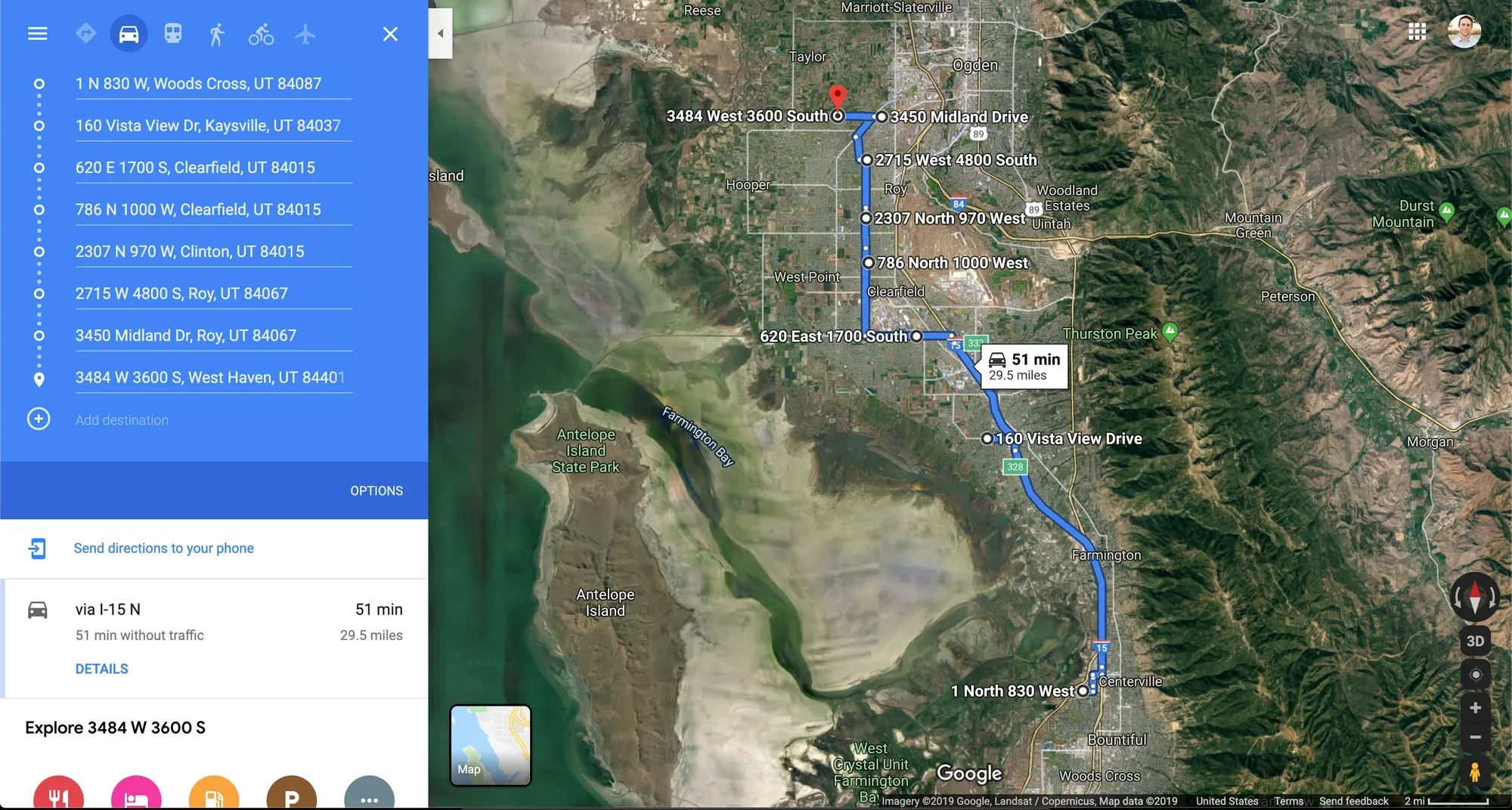
You can check out our route here. Even better, enter addresses near you and set up a unique marathon route. Use the average distances from our route to model your stops after ours, and you should be pretty safe.
Once we had these stops planned, we sent the map link to Madi, our support driver. She then had everything she needed to help us finish our goal. Well, apart from the supplies.
Bring the Right Supplies
Picking up the right marathon supplies is easy as long as you know what to look for. The key is to buy foods that will cycle electrolytes and nutrients back into your body.

Here’s a list of the snacks we bought for our marathon:
- Bananas
- Energy gels
- Pudding (this was great)
- Gatorade & water
- Luna granola bars
- Energy chews
The food gave us energy, but what we found to be even more important during our run was ibuprofen. We were fine without it until around mile 11 when my knee started acting up. It was also at mile 11 that we began to understand the consequences of not training.
Understand the Consequences of Not Training
What surprised Matt and me most during our marathon was that we didn’t get tired. We thought that marathons are hard because of stamina—people slow down when they are out of shape. This is not the case, at least when you’re not trying to beat records.
We found aches and pains shooting through our legs to be the main deterrent to finishing the race. When my knee started acting up, our pace slowed because I could not put much pressure on one leg.
And that wasn’t the worst of it.
Pain in one of Matt’s knees didn’t disappear after the marathon, and this month he’ll be having surgery. So yes, there is a price to pay if you don’t put in the correct amount of preparation before running.
With that warning in place, it’s time to run through the race before you need to run the race.
Run Through the Race Beforehand
When you are running your marathon, the last concern you want to have is if you are in the right location. It’s smart to run through the race beforehand to walk through any areas you’re unfamiliar with. You can do this in person or via Google Maps.
If you are aware of what the trail looks like in most areas, then you can focus on your main goal—finishing. You don’t have to walk the entire trail, but it’s good to have a general sense of the areas you’ll be passing through.
Get a Good Night’s Sleep and Start Early
After getting your supplies together, it’s showtime. At this point, Matt and I both decided to carb load the night before. I went to Olive Garden, and he pigged out at Costa Vida. We didn’t fall asleep as early as we should have, but it would have been worth it if we did.
We woke up the next morning around 5 am because we wanted to start running by 5:30 am. I recommend this approach because it gives you plenty of time to cover enough ground before the sun comes out. And it will come out.
Getting extra sleep will prepare your body for the intense pressure it’s about to experience. Starting early will give you a fresh start to the day and even more time to recoup afterward. When the run was over, all I wanted to do was rest. And I was more than happy to reward myself with that rest.
Finally, Go from Couch to Marathon
You made it. With all the correct preparations in place, you can go straight from your couch to running a marathon. Name five people you know who’ve done that. It’s quite an accomplishment.
Before you begin, I’d like to offer you one last piece of advice. Consider training for the marathon before you run it. Let us be the guinea pigs who tried it and discovered all the reasons why you must train. Or you can ignore my warning and run, but make sure to reach out with proof once you’ve done it.
Now that you know the steps of how to run yourself, let me give you more details about our marathon.
Bonus: All the Details of Our First Marathon
The first ten miles were a breeze. We had fun chatting, and the marathon seemed to be easier than we had imagined. I kept track of the distance we covered, but Matt didn’t want to know how much further we had to go. He felt that if he didn’t know the distance, he would be able to stay focused on finishing.
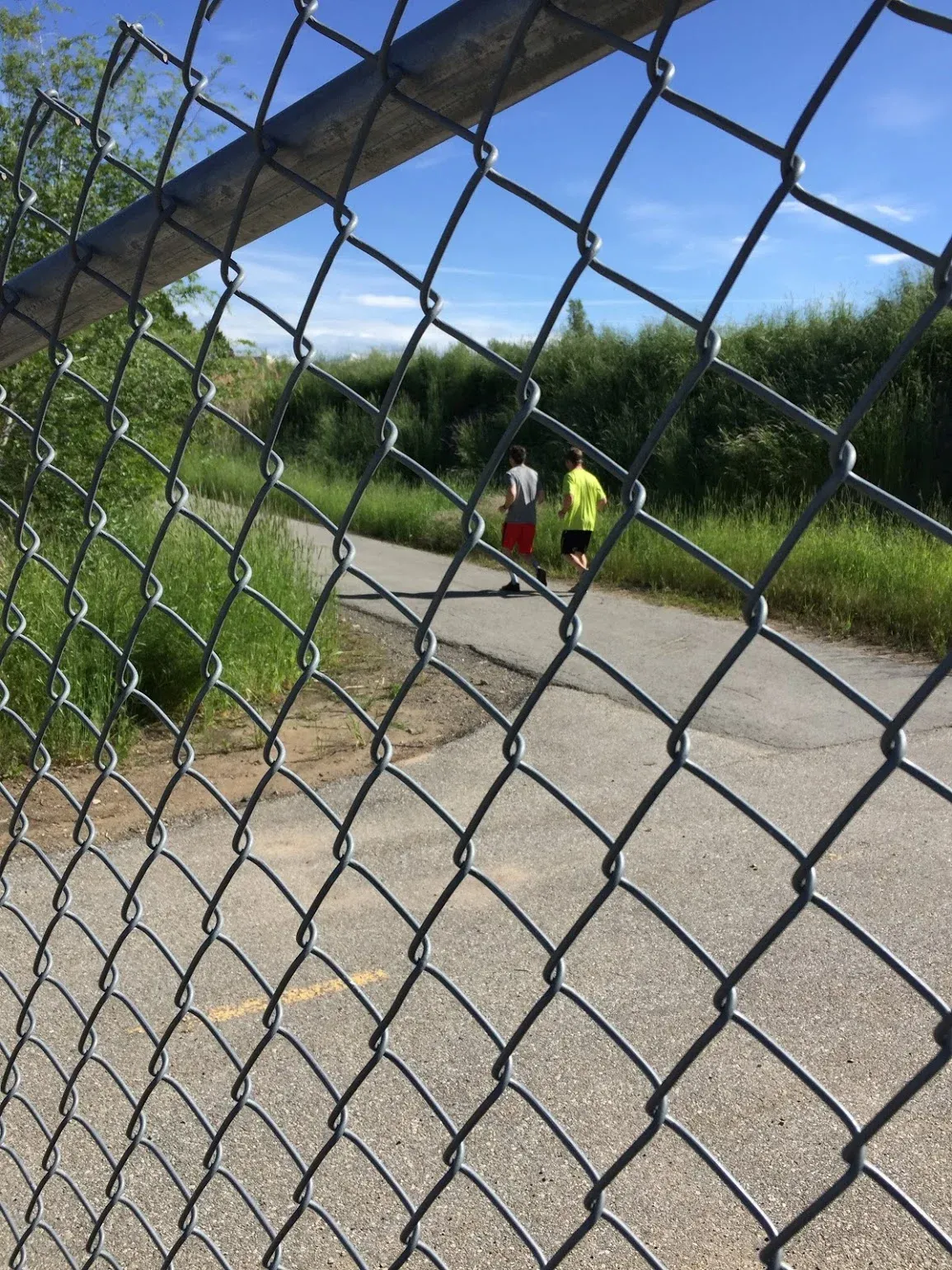
By the time we hit mile 11, our legs were beginning to scream. With each step, jolts of pain flowed through our lower bodies. At first, it wasn’t too bad. The pain was manageable, but after a while, my right knee (which has caused me trouble in the past) began to ache.
My jog transformed into a hobble, and I’m sure people we saw on the trail thought we were crazy (and crazy slow). When we passed two elderly women out for their afternoon walk on the trail, one of them joked, “Don’t move too fast now!”
If only she knew what we were experiencing.
We both found that we have a newfound empathy for runners that seem to be hardly moving at all. This feeling peaked when we reached a road that we had to cross to get to the trail on the other side. We knew how much pain we would feel if we stopped at the crosswalk. Luckily the drivers saw us struggling and let us cross the road without slowing.
I’ll think twice the next time I see someone running slower than I can walk. I bet they’re running a marathon. I bet they didn’t train.
Get Us on Drugs
The pain climaxed, and Matt arranged for Madi to meet us earlier than we had planned. She provided some ibuprofen, which we hoped would kick in right away. I needed it to kick in because the pain in my right leg was becoming unbearable.
It took around 30 minutes before I started feeling any effects from the medicine. When the drugs kicked in, it was obvious. I began to jog again and put more weight back on my right leg. The streak of green (representing speed) toward the end of the run tells the story better than I do. (See map below).

The rest of the run was a blur, although it seemed to last forever. Thank goodness for ibuprofen.
If everything had gone according to plan, when we hit West Point we would have had only 1.5 miles left to run. Instead, our calculations were off and we had more than 4 miles still to go.
It took everything I had not to tell Matt how far off our original plans had been. But we chose a long street with little interruptions to continue our run and plowed forward.
Finally, we saw the final miles disappear behind us, and we reached the end of our run. Madi, our ultimate supporter, met us with medals and balloon poppers to celebrate. We did it.
There will be days when I don’t know if I can run a marathon. There will be a lifetime knowing that I have.
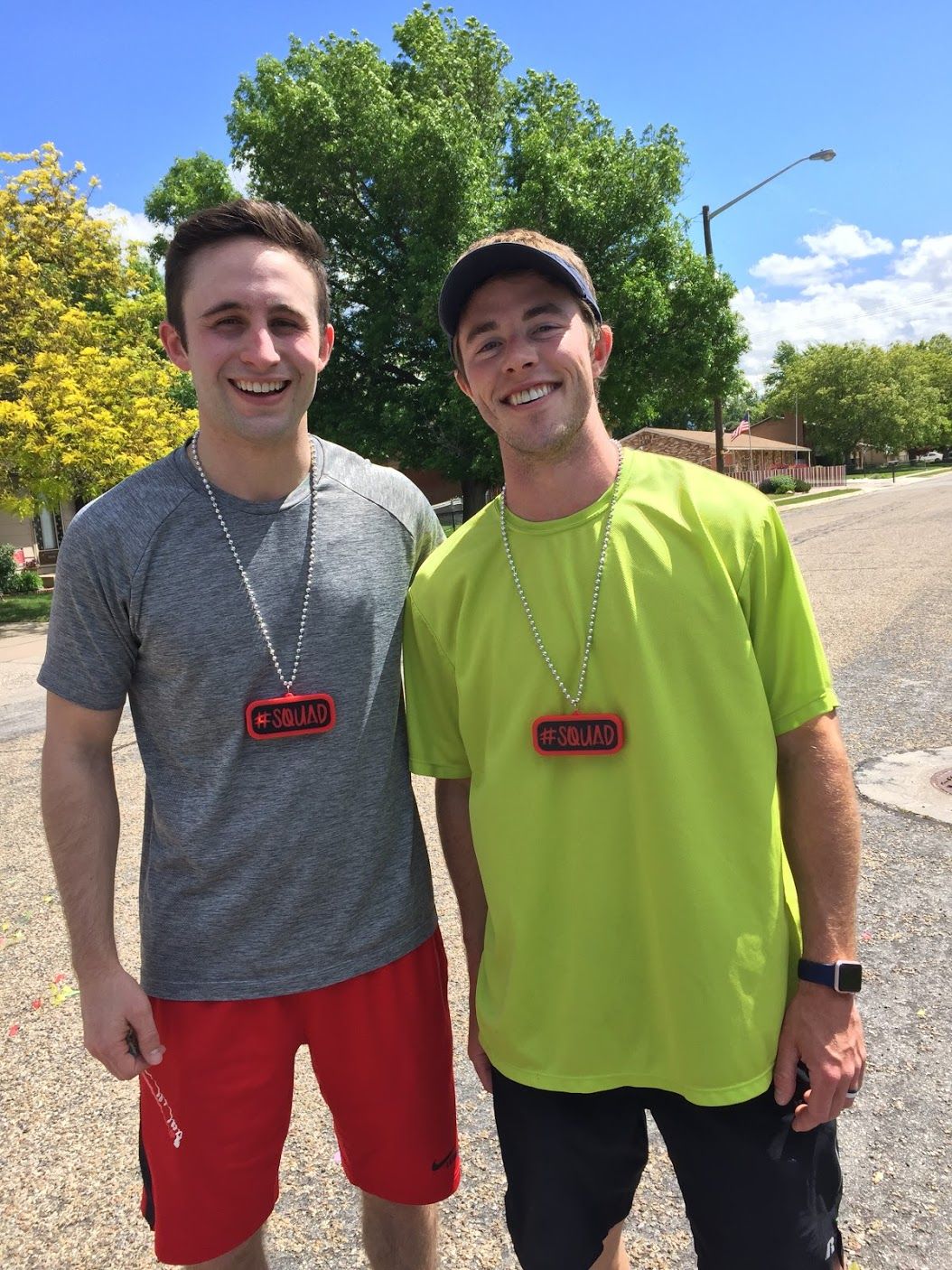
Conclusion
Are you inspired to run a marathon without training? Have you run one before? Leave a comment below with your experience.


